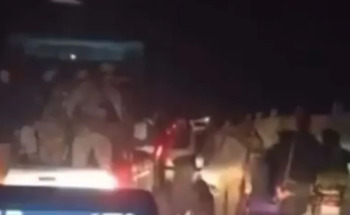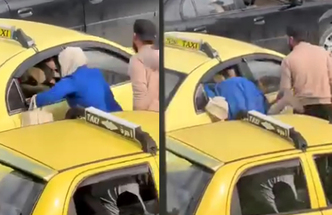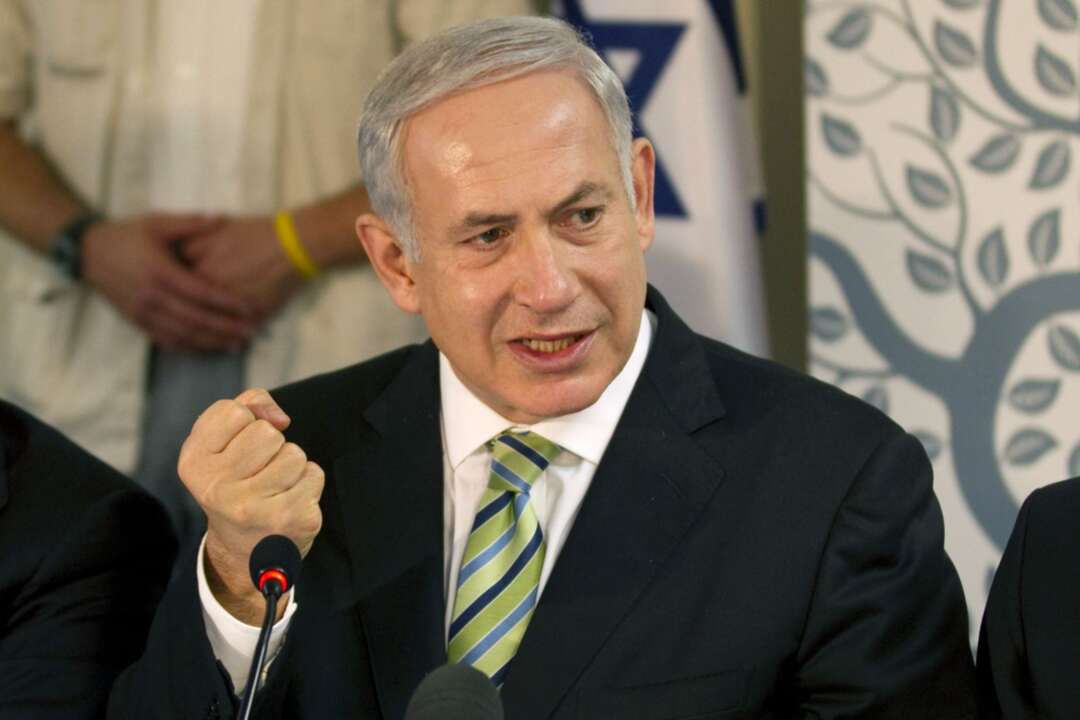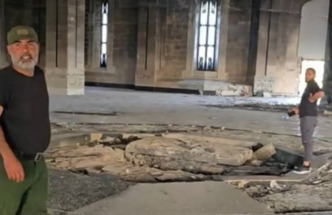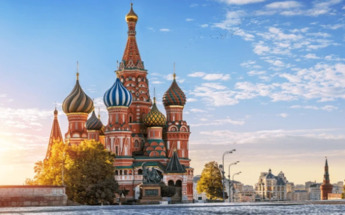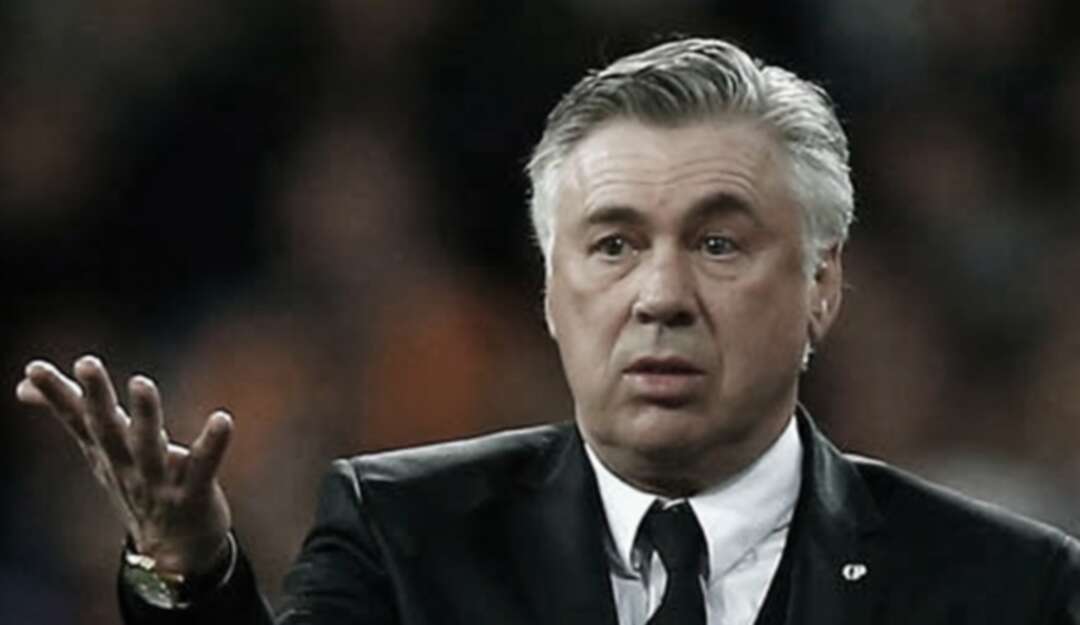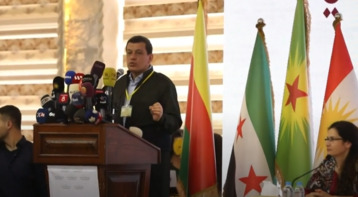-
Mahsa Amini died of ‘blow to the head’: Family says
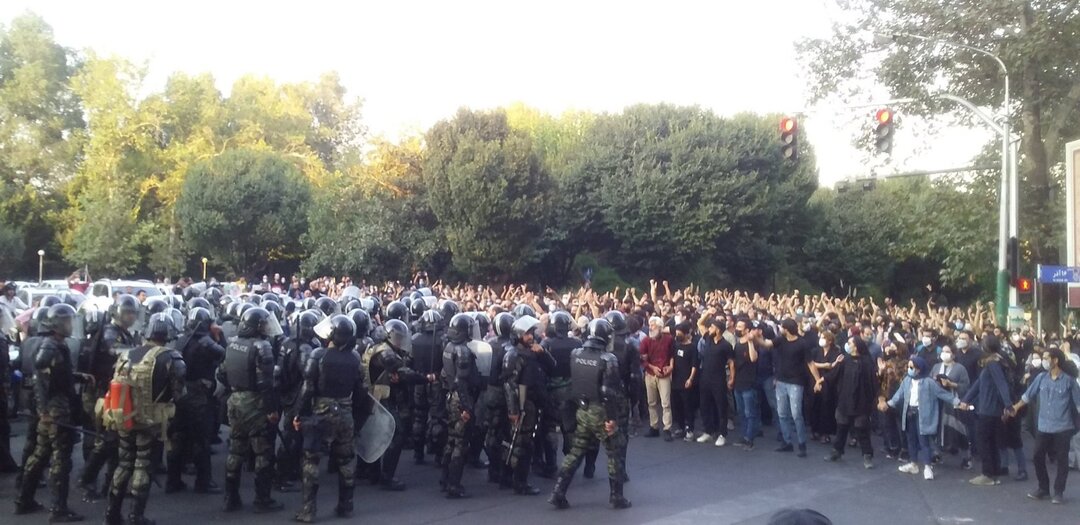
Iranian Kurdish woman Mahsa Amini was visiting Tehran with her family when she encountered the notorious morality police and died after a “violent blow to the head,” her cousin living in Iraq said.
“Jhina’s death has opened the doors of popular anger,” said Erfan Salih Mortezaee, 34, using Amini’s Kurdish first name and referring to the ongoing wave of protests that her death has sparked.
In a phone call after the young woman’s death was announced, Amini’s mother told him what happened when her 22-year-old daughter was detained, Mortezaee said.
AFP spoke with Mortezaee in Iraq’s autonomous Kurdistan region — bordering Amini’s native Kurdistan province in Iran — where he has been living for a year.
There he joined Iranian Kurdish nationalist group Komala, which has conducted a long-running cross-border insurgency against the Tehran authorities, seeking autonomy for Kurdish-populated areas of northwestern Iran.
Mortezaee said that, before starting university, Amini had gone to Tehran with her parents and 17-year-old brother to visit relatives.
On September 13, Amini, her brother and female relatives went out in the capital.
On leaving the Haghani underground station, “the morality police stopped them, arresting Jhina and her relatives,” Mortezaee said.
Wearing military fatigues and speaking at a Komala base in the Sulaimaniyah area of northern Iraq, Mortezaee said Amini’s brother tried to tell the police that they were “in Tehran for the first time” and “did not know the (local) traditions.”
But his appeals fell on deaf ears.
“The police officer told him, ‘We are going to take her in, instil the rules in her and teach her how to wear the hijab and how to dress’,” Mortezaee said.
Amini was “dressed normally. Like all women in Iran, she was wearing the hijab,” her cousin added.
In Iran, women — regardless of their faith — are required to cover their hair, and the morality police bans them from wearing coats above the knee, tight trousers, bright colors or torn jeans.
Is the death of Mahsa Amini a turning point for Iran?
The code has been widely skirted for decades, particularly in major cities, but there have been periodic crackdowns.
“The police officers hit Jhina, they hit her in front of her brother,” Mortezaee said.
“They slapped her, they hit her hands and legs with a baton,” said Mortezaee, adding that they also sprayed her brother in the face with pepper spray.
Jhina and her relatives were forced into the morality police van and taken to a station on Vezarat Street.
The beatings continued during the ride, Mortezaee said.
Woman in Italy cuts hair off in protest over Mahsa Amini’s death after hijab arrest
“When they hit her in the head with the baton, she lost consciousness,” he said. “One of the officers said: ‘She’s putting on an act’.”
After they arrived, it was at least another hour and a half before she was taken to a Tehran hospital, despite pleas from her relatives, Mortezaee said.
After three days in a coma, she was pronounced dead.
Mahsa Amini's death: The systematic killing of Kurds by the Iranian regime
Amini’s mother said doctors at the hospital told the family that her daughter “had received a violent blow to the head,” Mortezaee said.
Iranian authorities have denied all involvement in Amini’s death, which has sparked 12 consecutive nights of protests and a security crackdown.
“What is happening in Kurdistan and everywhere else in Iran is popular anger against the Islamic republic’s regime, against the dictatorship,” Mortezaee said.
Rights group: Iran’s security forces kill four amid protests over Mahsa Amini’s death
At least 76 people have been killed in the demonstrations, according to the Oslo-based group Iran Human Rights (IHR), while Iran’s semi-official Fars news agency has put the toll at “around 60.”
Authorities said Monday they had made more than 1,200 arrests.
The protests come at a particularly sensitive time for Iran’s leadership, when the country’s economy remains mired in a crisis largely caused by US sanctions over its nuclear program.
The country has seen protests in recent years, including deadly demonstrations in November 2019 over fuel price rises.
Iranian activist gets 3-year sentence in prison for sharing video without hijab
But this time “women are taking the lead and are actively taking part in the protests,” Mortezaee said. “Women are participating in the demonstrations courageously and are taking to the streets, day and night,” he said.
“We the youth know that if this regime falls, a better life awaits us.”
Source: arabnews
You May Also Like
Popular Posts
Caricature
BENEFIT Sponsors BuildHer...
- April 23, 2025
BENEFIT, the Kingdom’s innovator and leading company in Fintech and electronic financial transactions service, has sponsored the BuildHer CityHack 2025 Hackathon, a two-day event spearheaded by the College of Engineering and Technology at the Royal University for Women (RUW).
Aimed at secondary school students, the event brought together a distinguished group of academic professionals and technology experts to mentor and inspire young participants.
More than 100 high school students from across the Kingdom of Bahrain took part in the hackathon, which featured an intensive programme of training workshops and hands-on sessions. These activities were tailored to enhance participants’ critical thinking, collaborative problem-solving, and team-building capabilities, while also encouraging the development of practical and sustainable solutions to contemporary challenges using modern technological tools.
BENEFIT’s Chief Executive Mr. Abdulwahed AlJanahi, commented: “Our support for this educational hackathon reflects our long-term strategic vision to nurture the talents of emerging national youth and empower the next generation of accomplished female leaders in technology. By fostering creativity and innovation, we aim to contribute meaningfully to Bahrain’s comprehensive development goals and align with the aspirations outlined in the Kingdom’s Vision 2030—an ambition in which BENEFIT plays a central role.”
Professor Riyadh Yousif Hamzah, President of the Royal University for Women, commented: “This initiative reflects our commitment to advancing women in STEM fields. We're cultivating a generation of creative, solution-driven female leaders who will drive national development. Our partnership with BENEFIT exemplifies the powerful synergy between academia and private sector in supporting educational innovation.”
Hanan Abdulla Hasan, Senior Manager, PR & Communication at BENEFIT, said: “We are honoured to collaborate with RUW in supporting this remarkable technology-focused event. It highlights our commitment to social responsibility, and our ongoing efforts to enhance the digital and innovation capabilities of young Bahraini women and foster their ability to harness technological tools in the service of a smarter, more sustainable future.”
For his part, Dr. Humam ElAgha, Acting Dean of the College of Engineering and Technology at the University, said: “BuildHer CityHack 2025 embodies our hands-on approach to education. By tackling real-world problems through creative thinking and sustainable solutions, we're preparing women to thrive in the knowledge economy – a cornerstone of the University's vision.”
opinion
Report
ads
Newsletter
Subscribe to our mailing list to get the new updates!

